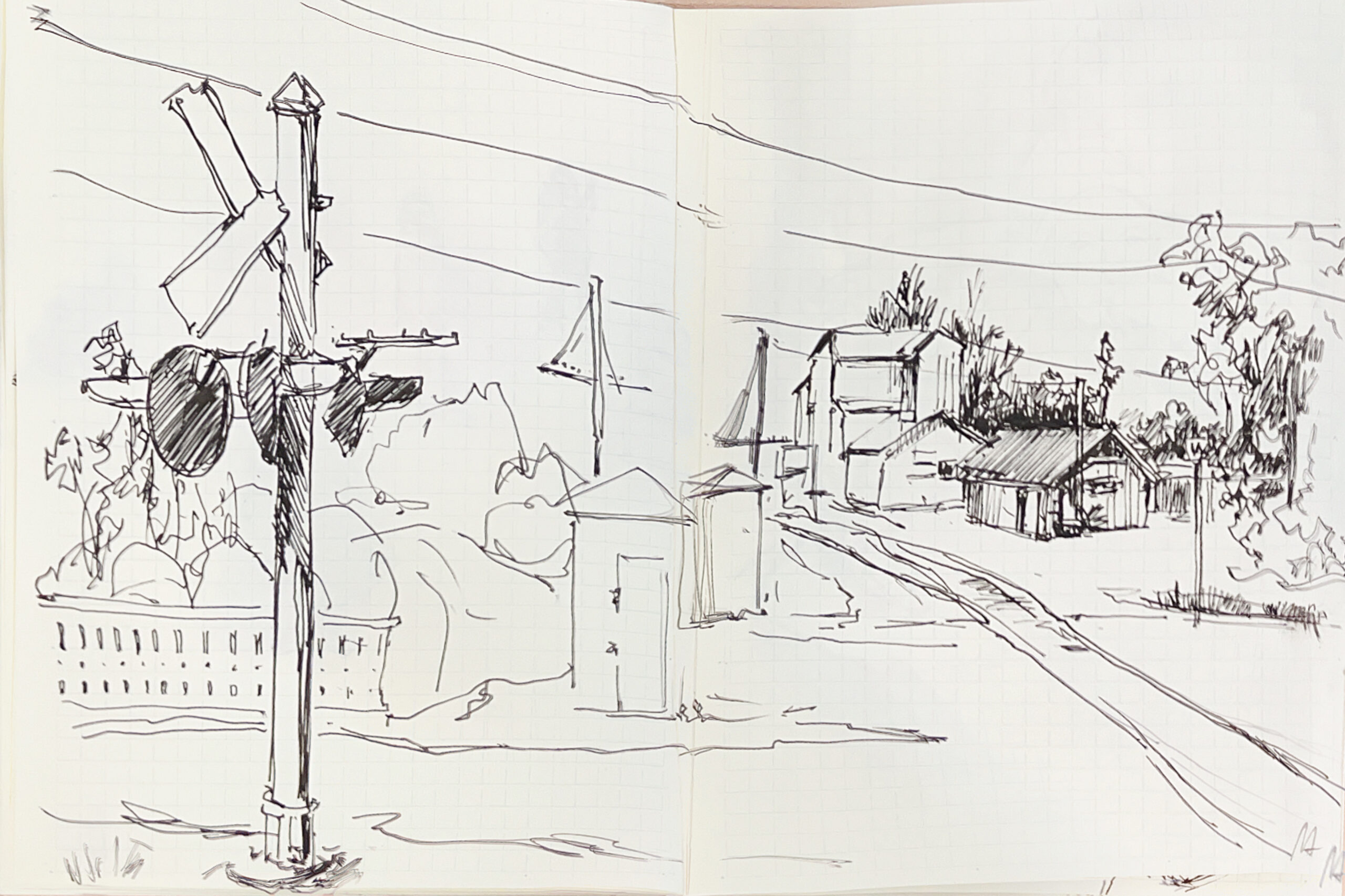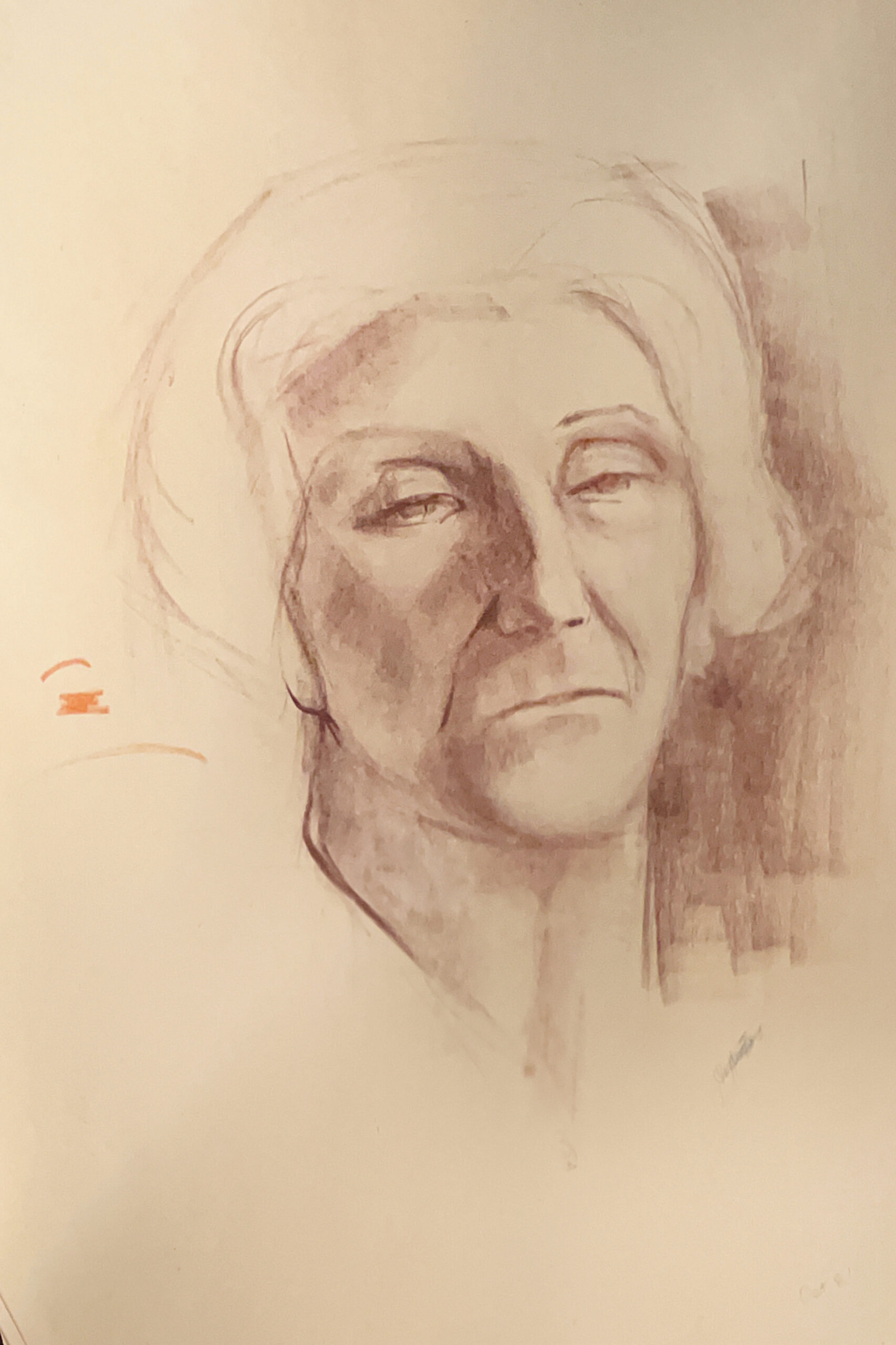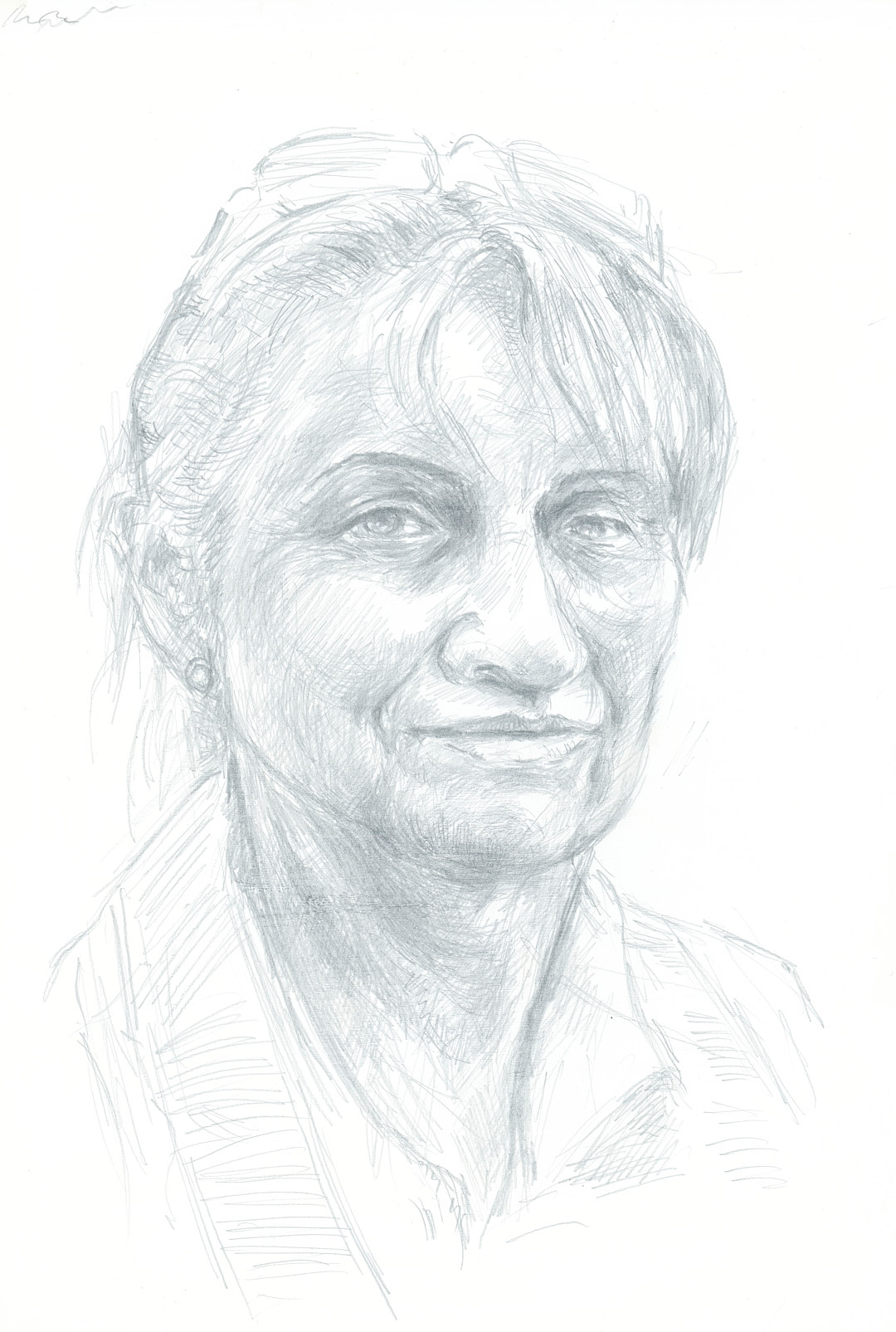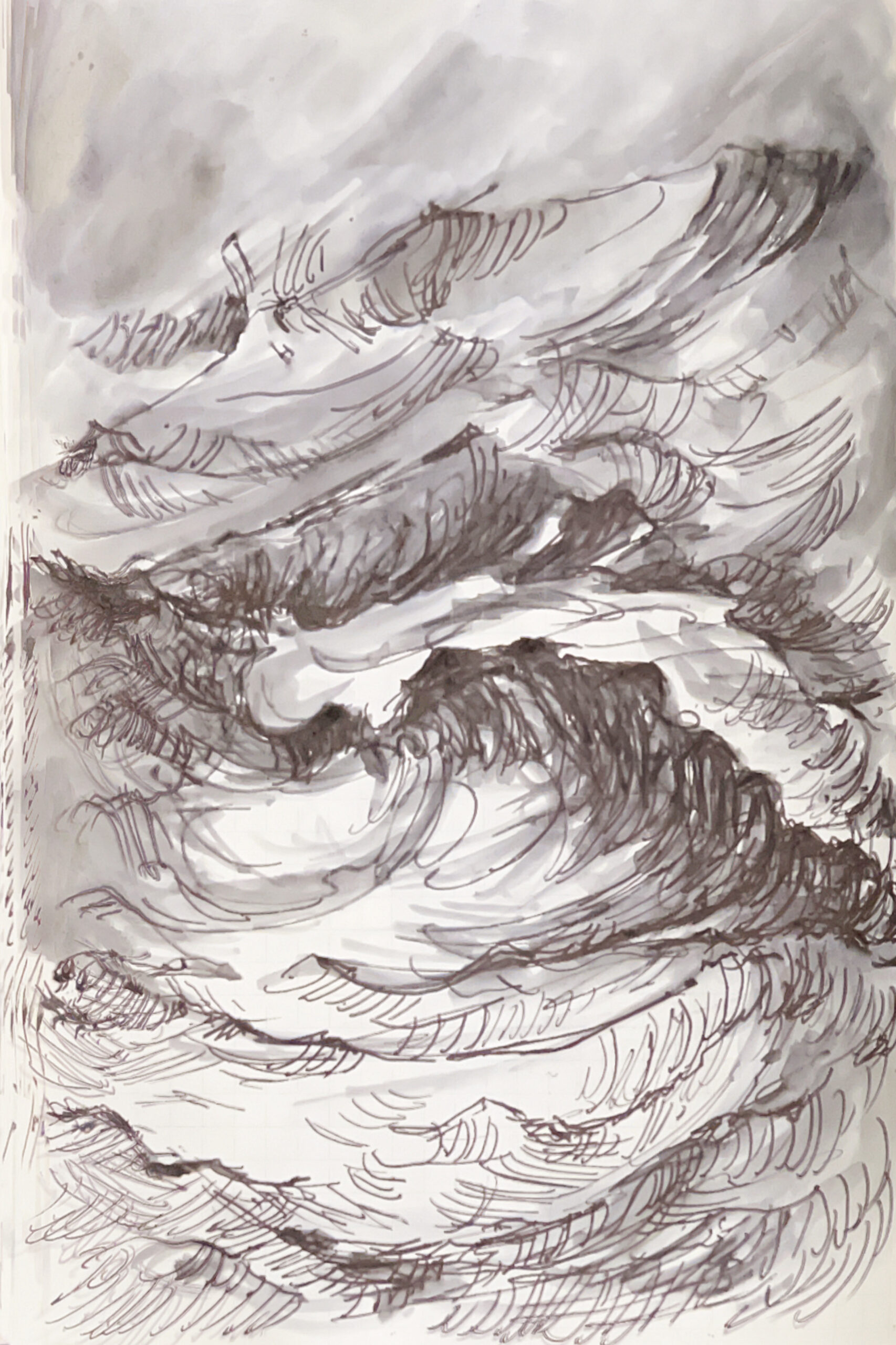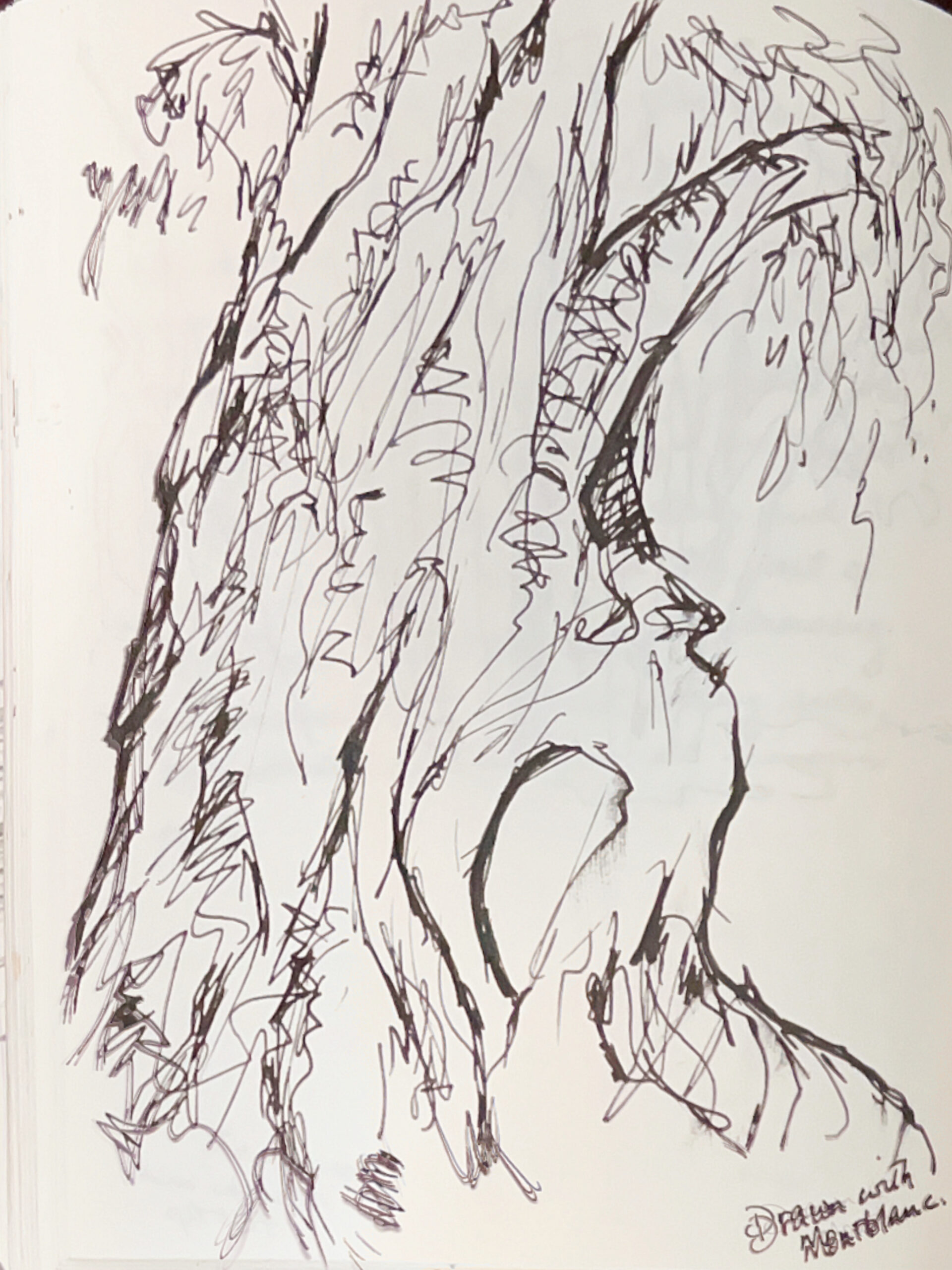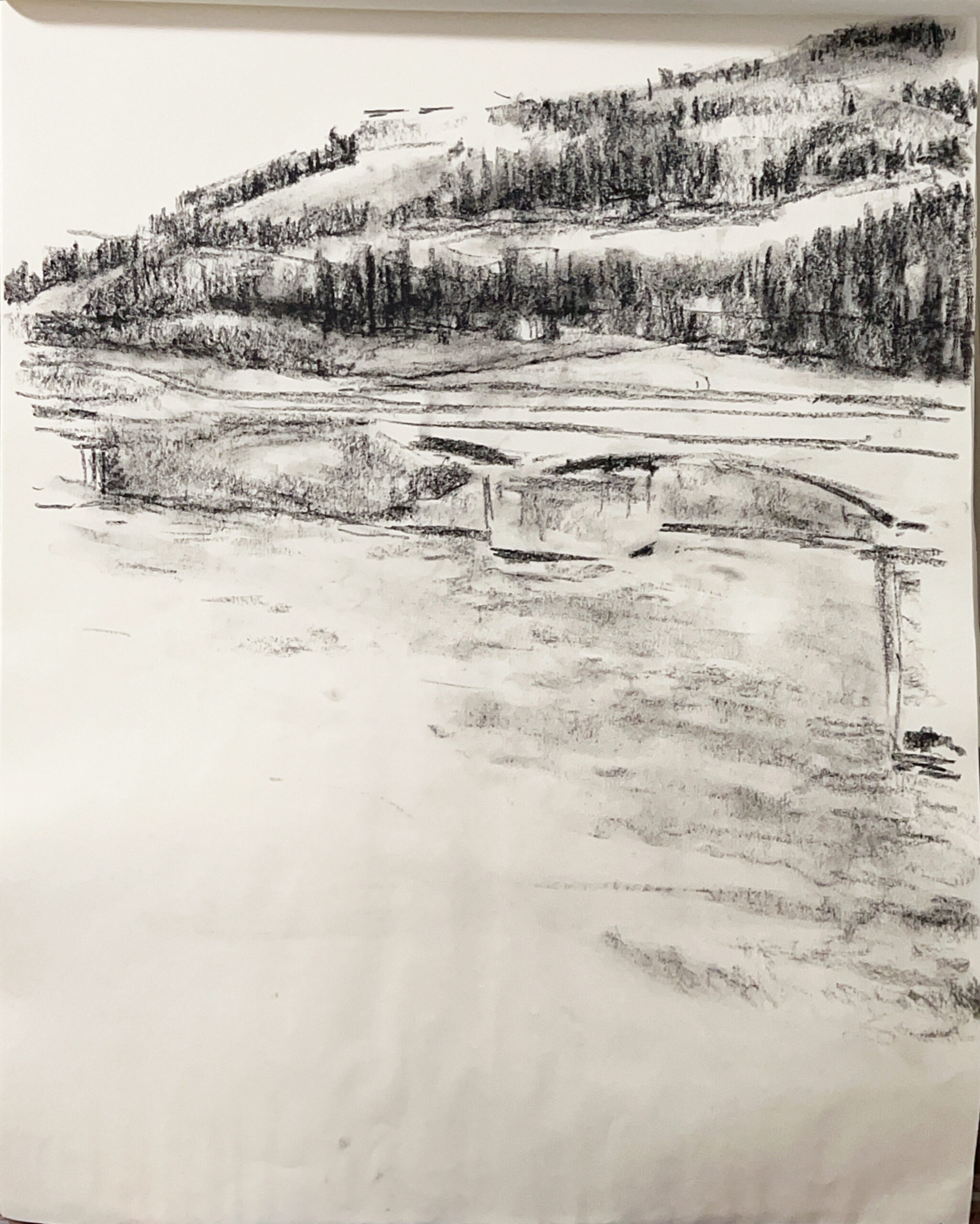I took a Moleskine Japanese Album (3.5″ x 5.5″), a Uniball gel pen, a pencil, and a watercolour field sketch kit on a trip to Hong Kong in 2023 to capture what I saw along the way. A Japanese Album is basically a long piece of paper folded like an accordion bounded with a hard cover.
Arrival


Urban corners, shopping corners, and people

Although COVID was considered over people still wore masks.


A Vibrant National Day Celebration in Tsim Sha Tsui
Tsimshatsui
On October 1st, Tsimshatsui, one of Hong Kong’s bustling districts, was transformed into a vibrant hub of festivities as the city celebrated National Day. The area’s iconic Victoria Harbour provided a stunning backdrop for a series of events that drew both locals and tourists. The celebration on October 1st was a testament to Hong Kong’s cultural vibrancy and community spirit, making it a memorable day for all who participated.




Streets filled with a festive spirit. Cultural performances, parades, and street entertainers created a lively atmosphere.


The area’s iconic Victoria Harbour provided a stunning backdrop for a series of events that drew both locals and tourists.

West End
The West End, including Sheung Wan, is a lively and down-to-earth vibe. Tai Ping Shan street marks many early British colonial history of Hong Kong.
Tai Ping Shan Street is an area where the past and present coalesce beautifully. This enchanting street promises a slice of Hong Kong that is as fascinating as it is endearing. Nestled in the Sheung Wan district of Hong Kong, Tai Ping Shan Street offers an evocative blend of history, culture, and modernity. Known for its intriguing past and contemporary vitality, this area provides a unique experience that stands as a testament to Hong Kong’s layered history.

Over recent years, Tai Ping Shan Street has blossomed into a haven for artists and urban explorers. The area’s walls are adorned with street art, telling tales of modern Hong Kong life with a nod to its roots. The juxtaposition of heritage buildings and contemporary art encapsulates the spirit of a neighborhood constantly evolving yet firmly grounded in its legacy.

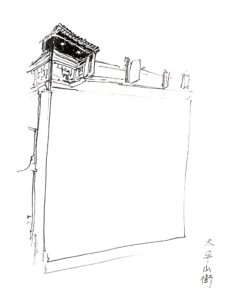
Tai Ping Shan Street was one of the first areas settled by Chinese immigrants in the mid-19th century. During the early days of British colonial rule, it rapidly became densely populated, ultimately witnessing one of Hong Kong’s most devastating outbreaks of the bubonic plague in 1894. Despite its fraught past, the area has since transformed remarkably, preserving its historical essence while embracing modernity.
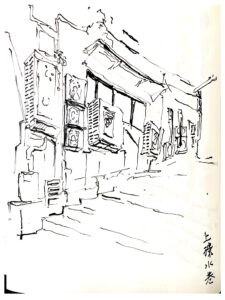
The West End and Sheung Wan area is a gastronomic hotspot. From traditional tea houses serving dim sum to modern cafes and bistros, the area caters to diverse palates.

Lascar Row
Just a stone’s throw away, these streets are perfect for antique lovers and treasure hunters. Lascar Row includes two streets , Upper Lascar Row and Lower Lascar Row. Upper LascarRow has seemingly endless antique stores, Chinese calligraphy. art, and vintage furniture stores. Lascar Row, commonly known as Cat Street, is lined with vibrant shops offering antique trinkets, retro memorabilia, and unique collectibles, providing a sensory journey through Hong Kong’s past.
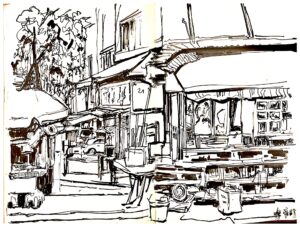

Stroll in Wanchai and Causeway Bay
Wanchai
Wan Chai is one of Hong Kong’s most dynamic neighborhoods, offering a diverse vibe that caters to a wide range of interests. From the stirring sense of history in its streets to the pulsating energy of its nightlife, Wan Chai encapsulates a genuine Hong Kong experience. Wan Chai, an eclectic blend of old and new, stands out as one of Hong Kong’s most dynamic districts. With its pulsating commercial activity, rich cultural tapestry, and vibrant nightlife, Wan Chai offers an unmistakable charm that appeals. Many modern buildings are intertwined with old ones in Wanchai. Trendy cafes and patisseries are easily found here.

Wan Chai holds profound historical significance, dating back to the early colonial era. Distinguished by historic landmarks like the Blue House Cluster and the Old Wan Chai Post Office, the neighborhood serves as a physical timeline of Hong Kong’s evolution. Walking through these streets, one can still sense the echoes of the past amid the hustle and bustle of modern urban life.

Sketches in small local cafes in Wan Chai

Wan Chai is a culinary enthusiast’s playground, featuring an abundant selection of eateries, ranging from traditional Cantonese dim sum parlors to trendy international bistros. Historic markets like the Wan Chai Market coexist with chic, modern cafes, showcasing the district’s culinary diversity. Whether it’s street food or fine dining, your taste buds are in for an adventure


Street markets
In addition to vegetable and groceries street markets in Hong Kong offer endless choices of bargain garments and culinary delights.

Wan Chai’s street markets and local shops exude a quintessentially local flavor. The Tai Yuen Street Market, also known as Toy Street, brings nostalgic charm with its collection of toys and quirky gifts.

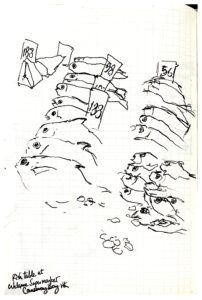
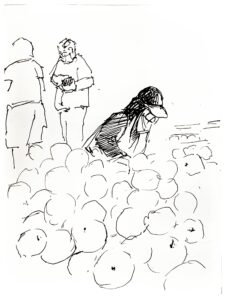
Gooseneck Bridge
Nestled within the vibrant district of Wan Chai, the Gooseneck Bridge (鵝頸橋) stands as a testament to Hong Kong’s rich historical and cultural fabric. Though not a bridge in the traditional sense, this overpass has played an integral role in linking communities and enhancing accessibility within the city.
Beyond its practicality, the Gooseneck Bridge has been a silent witness to the evolution of Wan Chai over the decades. The bustling streets below contrast with the somewhat serene pedestrian thoroughfare above, metaphorically bridging the old with the new. During major festivals, the bridge often becomes a vantage point for viewing parades and street festivities, adding to its cultural prominence.

Gooseneck bridge is popular local market. It is also famous for the Villain Hitting, a folk sorcery popular in Hong Kong.
“Villain hitting” or “da siu yan” (打小人) is a traditional folk ritual in Hong Kong that combines elements of folk religion and street culture. It’s meant to drive away evil spirits and bad luck, counter grievances, or curse one’s enemies or rivals. One of the most popular and well-known places to witness this practice is under the Gooseneck Bridge.

Individuals seeking the service will provide the “villain hitters” with names, photographs, or other identifiers of their “villains” or rivals. Sometimes, the client does not even need to identify a specific person but can instead indicate a general wish to fend off misfortune and negativity.
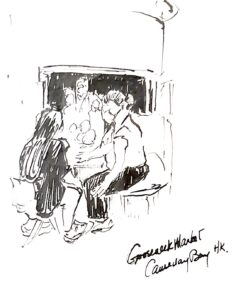
The ritual is generally performed by older women known as “villain hitters”. They set up simple altars equipped with statues of deities, papers, incense sticks, bamboo sticks, and slippers.
The practice represents a fascinating blend of superstition, folklore, and communal beliefs. For locals, it’s a familiar part of street culture while remaining an exotic curiosity for tourists. While some look at villain hitting as an integral part of their cultural heritage, others view it as a tourist attraction. Given the urban, modern environment of Causeway Bay, this time-honored tradition amusingly stands out, adding a touch of local color amid high-rise buildings and upscale shopping centers.
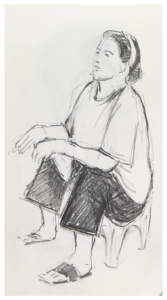
Causeway Bay
Causeway Bay is known for its bustling streets filled with a mix of locals and tourists, high-end shopping malls, trendy boutiques, and an array of restaurants and cafes and bargain hunters stores are all mixed. The area is always lively, with neon signs illuminating the streets, creating a unique and energetic ambiance. It’s a popular destination for shopping enthusiasts and food lovers alike, offering everything from luxury brands to street food. The neighborhood also has a youthful vibe, with many entertainment options, including cinemas and karaoke bars. Overall, Causeway Bay is a lively and exciting district that captures the essence of modern urban life in Hong Kong.
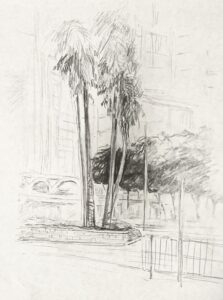






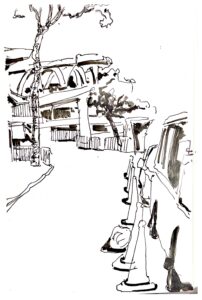
Jardine Crescent Street Market
Jardine Crescent probably ranks top among Hong Kong’s street markets. It has been a bargain hunters’ favourite in the middle of Causeway Bay.
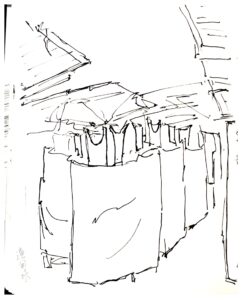
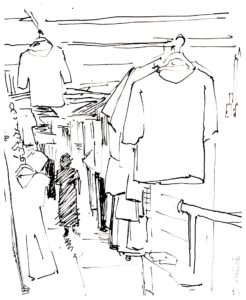
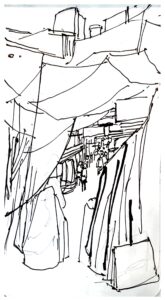
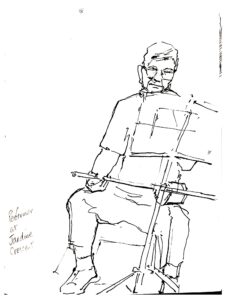
Fire Dragon Dance in Tai Hang
The Fire Dragon Dance is an old festival tradition in Hong Kong performed in Tai Hang once a year during the Mid Autumn Festival.





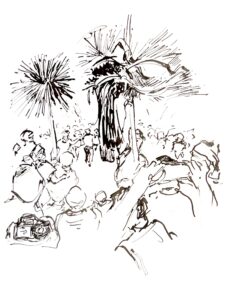
Departure


